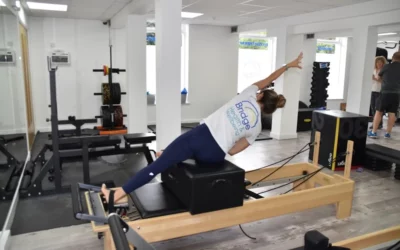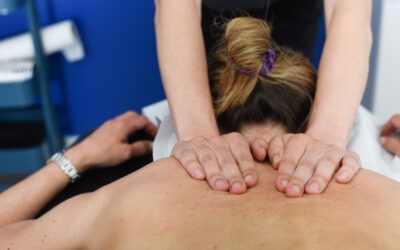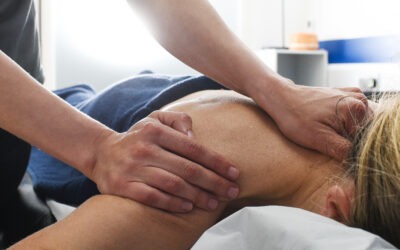 Shorter days and long, dark winter nights can make it hard to motivate yourself to get out and do some exercise. But staying active is so important for both your physical and mental wellbeing.
Shorter days and long, dark winter nights can make it hard to motivate yourself to get out and do some exercise. But staying active is so important for both your physical and mental wellbeing.
Whether you are an early riser who likes a jog to start the day or trying to squeeze in a run after work, our lead physiotherapist, Paul O’Connell, offers some tips for safe running in winter and avoiding injury.
- Be visible
There are loads of options to help you be seen – head torches, clip-on lights, safety vests, reflective armbands, and more, so find what works for you. You can find plenty of products online or pop into Christchurch’s Alexandra Sports store for a great range of products.
- Choose a well-lit route
When running in the dark, you want to ensure that potential hazards like cars can see you. But you also need to be able to see where you are going so that you can avoid trip hazards. Trips are a common cause of ankle sprains and knee injuries, particularly during winter.
- Check your footwear
Roads and pavements can become wet and icy in winter. Invest in a good, well-fitting pair of running shoes to maximise your grip and avoid slips and falls, which may lead to injury.
- Don’t skip the warm-up
Cold muscles are less flexible, so it’s even more important to spend time warming up in winter to avoid pulling a muscle. Use leg stretches and a gentle job to get your body moving, or try squats and jumping jacks to get your heart rate going.
- Run together
Running with a club or a friend is not only safer, but it’s also great for motivation and support. It can hold you accountable to exercise, even on the days when you really don’t feel like it. There are lots of running clubs across Dorset, including local ones in individual towns, women’s only groups and those that are more social. Ask at your local leisure centre or search online.
- Don’t ignore pain
Ankle sprains are one of the most common injuries we see, particularly during the winter. We always recommend getting treatment as soon as possible. Recurrent ankle sprains can lead to “chronic ankle instability”, so getting good treatment and rehabilitation after the initial injury is very important. We use a 3-level grading system when we diagnose ligament injuries, and then get started on controlling swelling, pain, and gently work on range of motion as well as balance. As the ankle heals, we work on restoring a full range of motion and strength and progress balance exercises so you are ready to start running again.
If you would like any more advice, please contact our friendly team on 01202 473800 or email info@bridgehw.com.



